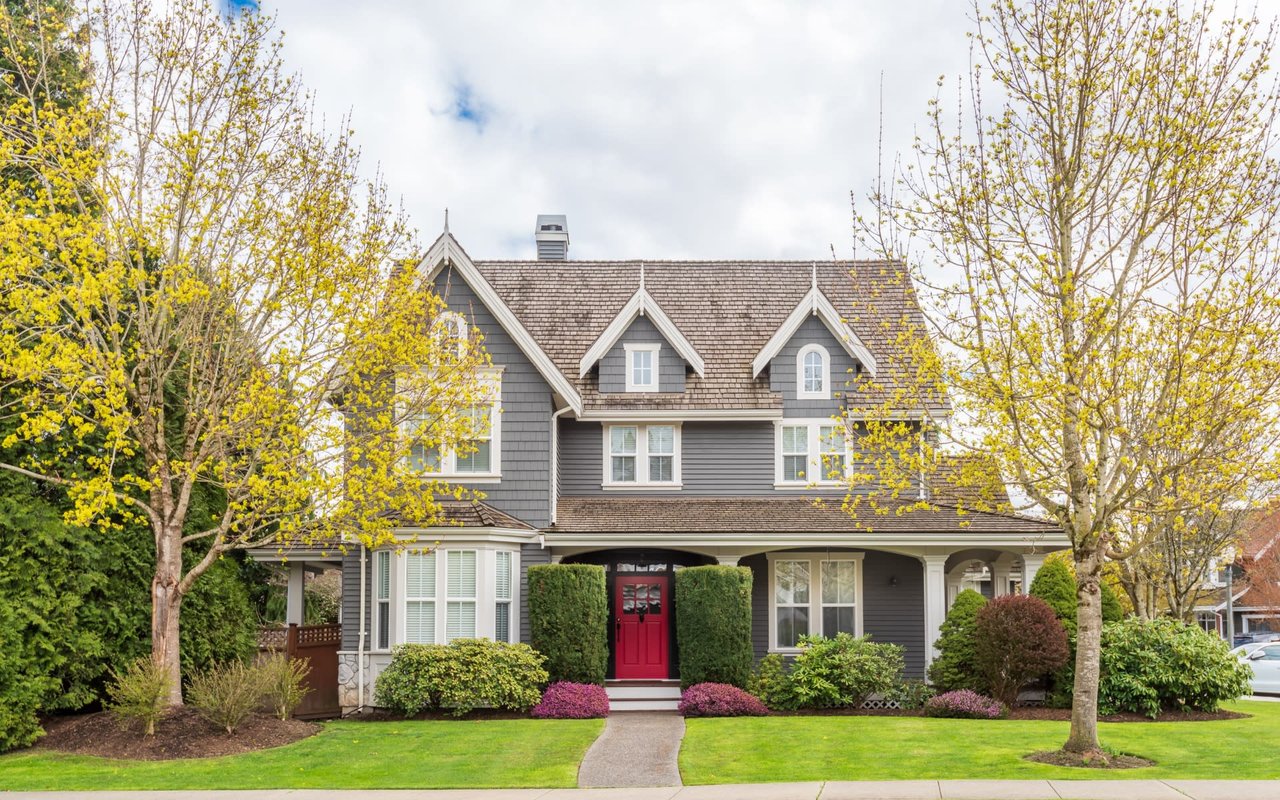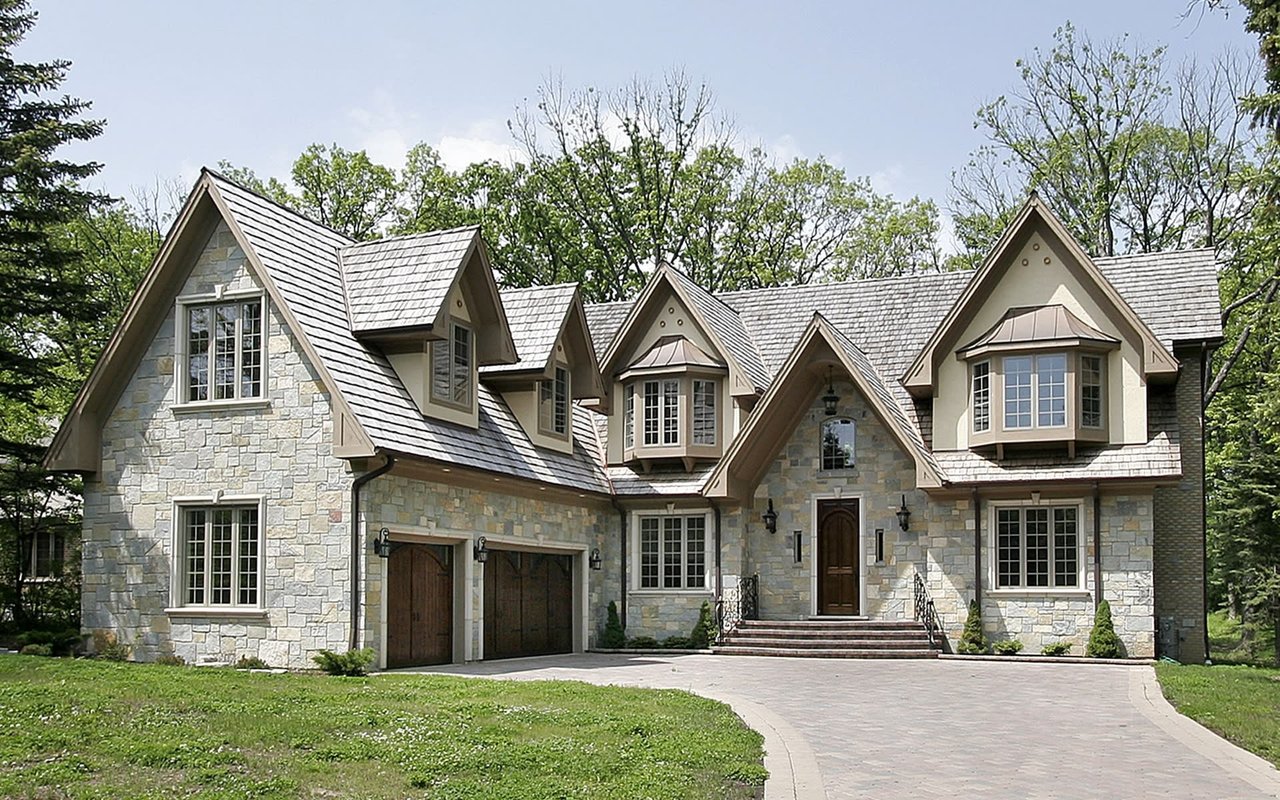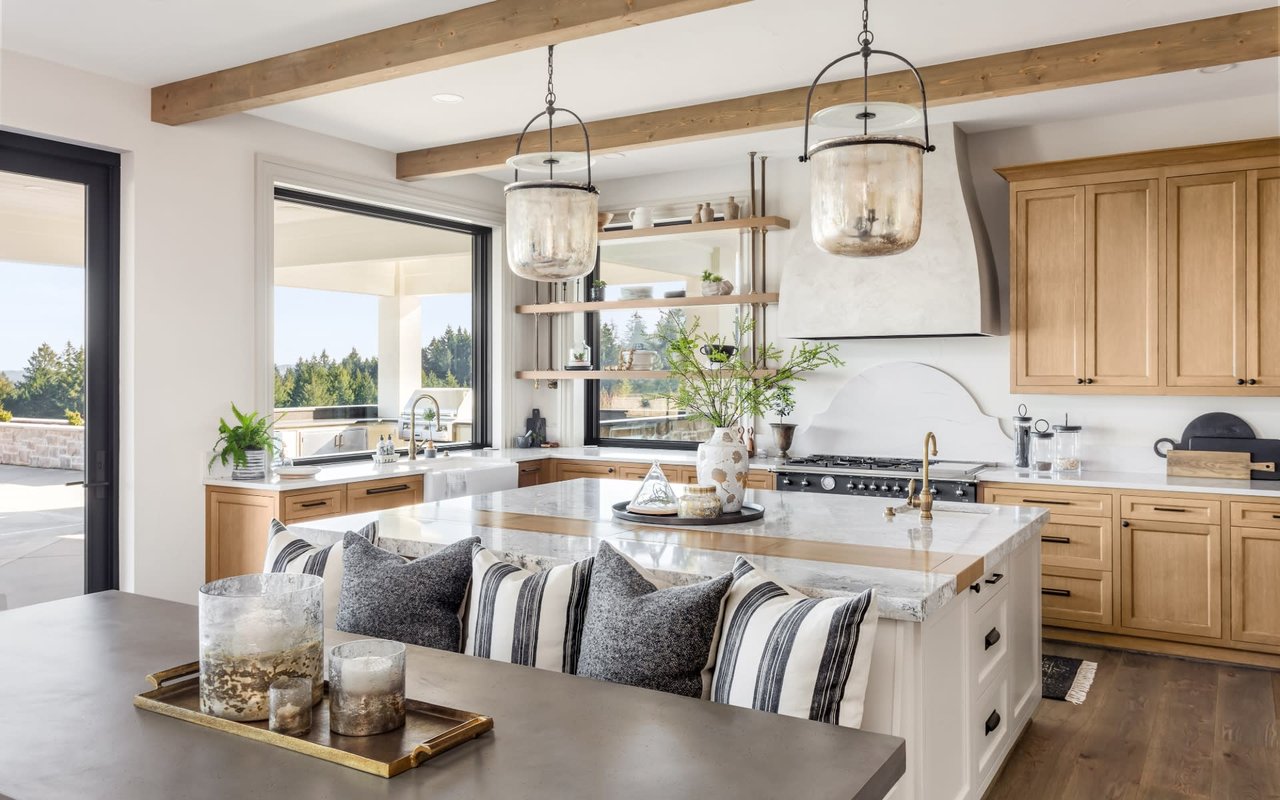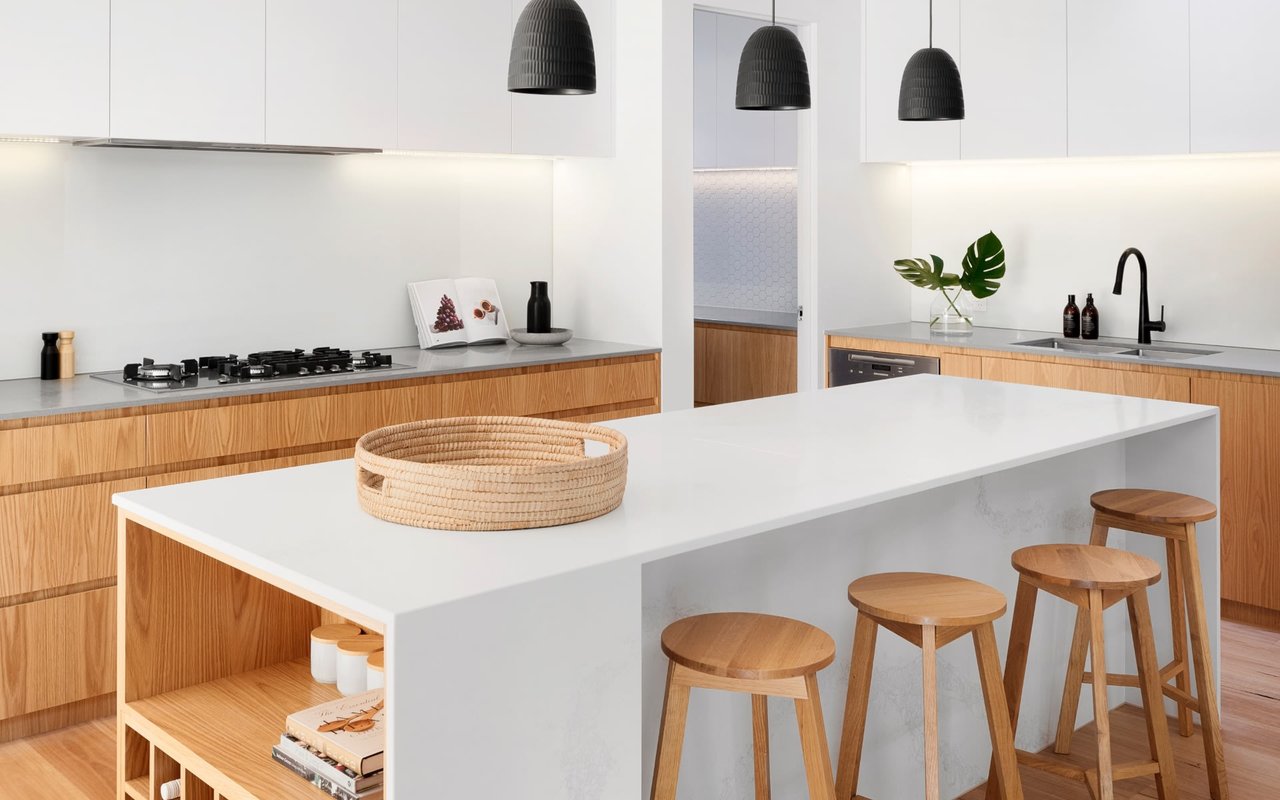Real Estate Market Update: October 2023
housing market

housing market

It’s not winter yet, but housing market activity is cooling way down!
Redfin economists say this is likely to be the slowest sales year since the Great Recession as buyers continue to battle high mortgage rates and low inventory. All four major US regions reported lower existing home sales, down 2% month-over-month and 15.4% year-over-year, according to the National Association of Realtors (NAR).
Despite this, the housing market is still competitive. Many homeowners are still “locked in” at low-interest rates and aren’t selling anytime soon. This isn’t the best news for existing home sales, but new construction sales are seeing massive gains!
In the DC, Maryland, and Northern Virginia housing markets, there are still more people looking to buy than there are homes available on the market. Data from Zillow and Redfin shows that home prices in the DC area have come down slightly but are relatively flat.
Catch up on my latest housing update below!
Housing market activity remained weak in October. Rising mortgage rates, high home prices, and limited housing inventory continue to prevent would-be homebuyers from jumping into the market. However, home prices have come down slightly, and a lack of resale inventory helped boost new home sales.
The median existing-home sales price for all housing types in September was $394,300 — 2.8% higher than the previous year, according to the NAR. This is down from $407,100 in my September housing market update.
The interest rate on a 30-year fixed-rate mortgage has passed the historical average since 1971 of 7.74%. The mortgage rate at the end of October was 7.79%. On a $400,000 home with an interest rate of 7.79%, this translates to a monthly mortgage payment of $2,301. Mortgage application activity is still near multi-decade lows, said Joel Kan, the Mortgage Bankers Association’s vice president and deputy chief economist, and purchase applications are still almost 20% behind last year’s pace.
Housing inventory increased in September by 2.7% from August. However, inventory is down 8.1% from one year ago. Unsold inventory is currently at a 3.4-month supply, according to NAR.
I recommend buyers seriously consider new home construction if they’re frustrated by the lack of housing inventory and high housing costs.
Mortgage rates are at a 23-year high, but new home sales reported a double-digit percentage gain in September because of low inventory levels in the resale market, the National Association of Home Builders reported this month.
Sales of newly-built, single-family homes increased by 12.3% in September, according to newly released data by the U.S. Department of Housing and Urban Development and the U.S. Census Bureau. The pace of new home sales in September was 33.9% higher year-over-year.
Alicia Huey, chairman of the NAHB, said that while more buyers are turning to new construction, higher mortgage rates are expected to slow the market in the coming months. “Higher interest rates not only raise the cost of housing for buyers, but for builders as well because of increased costs for financing construction loans,” she added.
To offset the high-interest rate environment, builders are offering more incentives and building smaller homes, resulting in a decline in the median new home price, said Danushka Nanayakkara-Skillington, NAHB’s assistant vice president for forecasting and analysis.
The median new home sale price last month was $418,800, down 3.3% from the month prior and down 12.3% from one year ago.
The interest rate on a 30-year fixed-rate mortgage is just under 8%. Mortgage rates affect what a buyer can purchase and how much home they can afford.
The current rise in rates reflects a variety of factors, including the strong US economy, the Federal Reserve’s attempts to curb inflation, and an increase in the benchmark rate for 30-year mortgage rates.
After pausing rate hikes in September, the Federal Reserve has indicated that it may keep interest rates higher for longer than anticipated, which could impact the US housing market. This is because the Fed is expecting the economy to grow faster and unemployment to remain lower. The Fed is also projecting one more rate hike this year.
However, based on the NAR Research’s forecast, the 30-year fixed rate is expected to peak in Q4 2023 and then decline to 6.9% in Q2 2024. This could provide some relief to buyers, sellers, and first-time homebuyers sitting on the sidelines waiting to enter the market.
This year is likely to end with the fewest existing home sales we’ve seen since the housing bubble burst in 2008.
Experts don’t see mortgage rates dropping much as we approach the new year, but if inflation continues to slow and the Fed doesn’t hike rates again, we could see rates come down slightly. The supply of existing homes likely won’t improve, but buyers may have better luck with new home construction as it continues to rebound.
Home prices should also remain flat over the next few months, but the recent surge in mortgage rates could lead to some small home price declines this winter, Selma Hepp, chief economist for CoreLogic, told Bankrate.
“Our CoreLogic forecast expects home price growth to accelerate slightly through the end of the year and then slow back down, averaging an increase of about 3.5 percent in 2024, with some stronger appreciation in markets that have seen home price resets — like California — and in more affordable markets in the Midwest and Southeast,” she said.
Hepp also expects price declines in markets that were overheated over the last few years, such as Texas and Florida.
Despite recent price declines, the probability of a market crash — a sharp drop in unsustainable high home prices due to declining demand — is still low, according to Forbes. There are still more buyers than sellers and not enough supply, which means a drop in housing prices can’t happen.
Foreclosure rates have increased over the past year, but experts don’t expect to see a surge in foreclosures. Homeowners are also in a better position than they were coming out of the 2008 Great Recession, and most borrowers have positive equity in their homes.
Housing economists still don’t see a market crash, and I agree. You can read more about my thoughts on why I don’t see a market crash happening soon in an article published on Yahoo Finance.
The housing market isn’t very buyer-friendly, but Hepp says that your finances and life circumstances matter more than current market conditions.
“If you are ready and able, you should start looking,” says Hepp. “Even with low inventories, it’s taking buyers longer now to find the right home. And with fewer buyers in the market, competition and bidding wars have waned.”
Keep an eye on existing homes hitting the market, and don’t wait to take action. New construction is another option, and ready-to-occupy inventory is up 39.6% from a year ago.
Real estate broker and investor Ricky Carruth says now is the best time to buy a house. Last month, 53,000 buyers backed out of their purchase agreements. Sellers are having to give more concessions, negotiate more, and do more repairs. Buyers are no longer purchasing homes at ultra-high prices without sellers putting in the work. This is why it’s so important for sellers to prepare their homes for the market!
Ready to jump into this crazy housing market? Reach out today for expert real estate leadership.
Stay up to date on the latest real estate trends

housing market
January 6, 2026
December 2025

housing market
December 2, 2025
November 2025

housing market
November 2, 2025
October 2025

housing market
September 30, 2025
September 2025

housing market
September 1, 2025
August 2025

housing market
August 1, 2025
July 2025

housing market
July 1, 2025
June 2025

housing market
June 3, 2025
May 2025

housing market
April 30, 2025
April 2025
Whether you’re buying or selling a home (or both), your success hinges upon the expert advice and services provided by your real estate agent. I’m committed to providing my clients with professional services based on my experience, knowledge and skills.